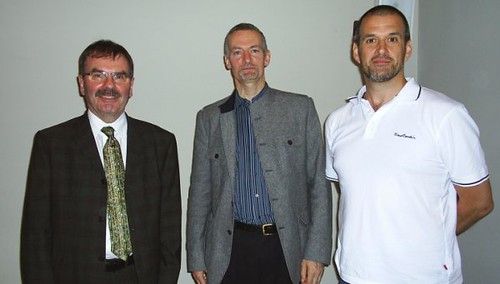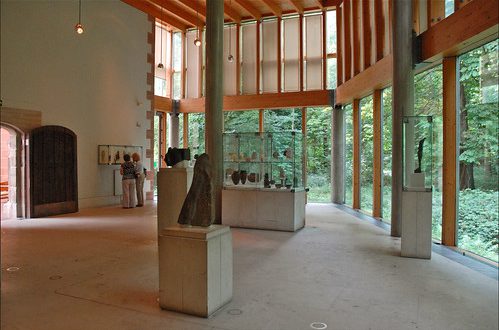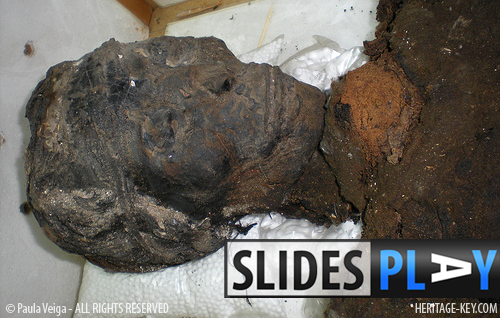 The Christian Monastery of Saint Anthony, or Deir Mar Antonios, is the the first ever monastery, and lies at the coast of the Red Sea, to the east of the Fayum oasis. Dedicated to St Anthony, it was founded in 356 AD immediately after the saint’s death, and is now the oldest Christian monastery still active in the world. Near the monastery (2 km away) there is also St. Anthony’s cave, where he lived as a hermit.
The Christian Monastery of Saint Anthony, or Deir Mar Antonios, is the the first ever monastery, and lies at the coast of the Red Sea, to the east of the Fayum oasis. Dedicated to St Anthony, it was founded in 356 AD immediately after the saint’s death, and is now the oldest Christian monastery still active in the world. Near the monastery (2 km away) there is also St. Anthony’s cave, where he lived as a hermit.
This video provides a rare glimpse inside this wonderful monastery, filled with art and the postumous home of a hermit saint, Saint Anthony. Monasticism was a reality in Egypt after the first followers of Jesus entered the country and from here, from the land of the extinct pharaohs, monks and monastic life spread out to all the rest of the world.
Dressed in the black robes worn by all Orthodox Coptic priests, Father Maximous el-Antony – or Abuna Maximos – talks to us about the monastery and the ongoing restoration work. The monastery is really a small village, as he says. It has gardens, a mill, a bakery, and five churches. Though Coptic today, this monastery has been inhabited by different kinds of Christian monks throughout the long history of its existence.
The exquisite paintings have been undergoing restoration by the Supreme Council of Antiquities since 2003, who have been removing the white plaster that hid some of the artwork. These brightly-coloured paintings, which cover all the walls and ceiling, are a catalogue of Coptic art, and feature the iconography typical of coptic art.
Restoration is being done not only on the paintings but also on the architecture of the building. All the underground monastic cells and personal items from the monks living there in the sixth and seventh centuries AD are now visible beneath the building, through a glass floor.
Many Coptic inscriptions on the architecture of the monastery show that it operated as an busy church with an active community. All of these are now on display to visitors going to the St. Anthony Monastery. The challenge of this excavation is that it is being done inside a church being used everyday, Abuna Maximos tells us.
St. Anthony was buried in the monastery, but it is uncertain where exactly inside the monastery area his tomb was placed. In this video, Abuna Maximos tells us about his dream of finding St. Anthony’s tomb in the area underground. Along with the already discovered areas of the previous church, he hopes to discover the tomb and, of course, he must be thinking about discovering the body of Saint Anthony.
A major find like that would lead to a huge boost in visitors to the monastery, as well as a means of promoting Coptic culture. The team have just found an old entrance below the contemporary church of Saint Anthony, and expect more discoveries to emerge from their work. The restoration works are in progress and we hope interesting things are yet to see the light of the Red Sea coast.
Video: The Coptic Monastery of Saint Anthony (Deir Mar Antonios)
(Transcription of this video.)
Check out more great archaevideos here on Heritage Key. Highlights include Dr Zahi Hawass discussing the restoration of the Synagogue of Moses Ben Maimon in Cairo, a look at the search for the lost tombs of Thebes, featuring Zahi Hawass, Dr Mark Lehner talking about the lives of pyramid builders in ancient Egypt and Dr Alain Zivie on the restoration of the tomb of Aper-el.
We regularly release new videos on the site, so sign-up to the Heritage Key RSS feed to be first to hear about each new release(or follow us on Twitter and Facebook), and visit our Youtube channel.




